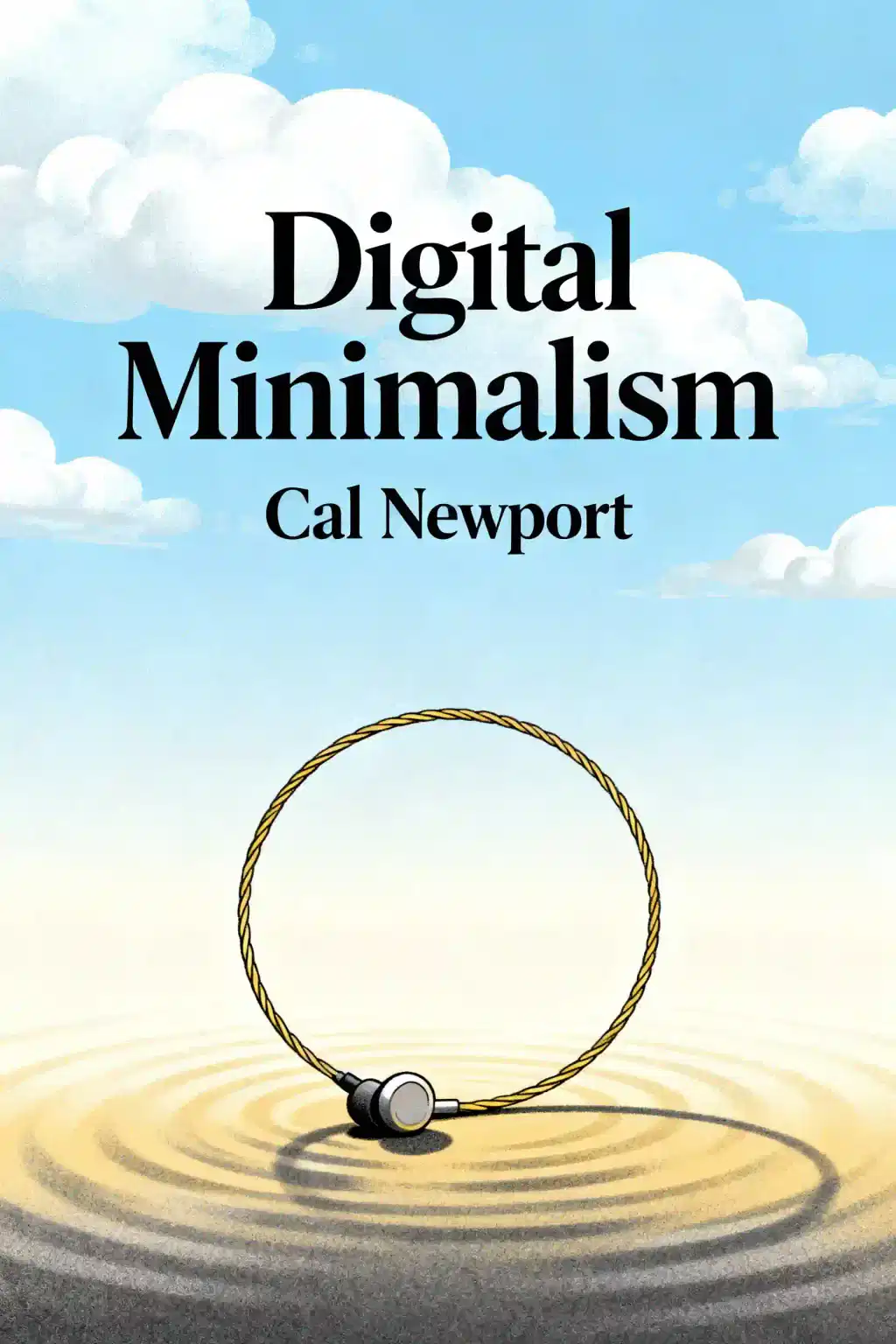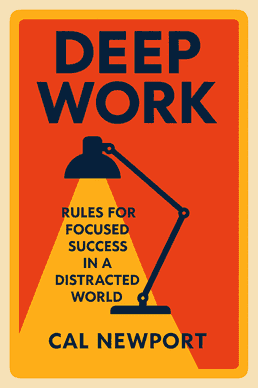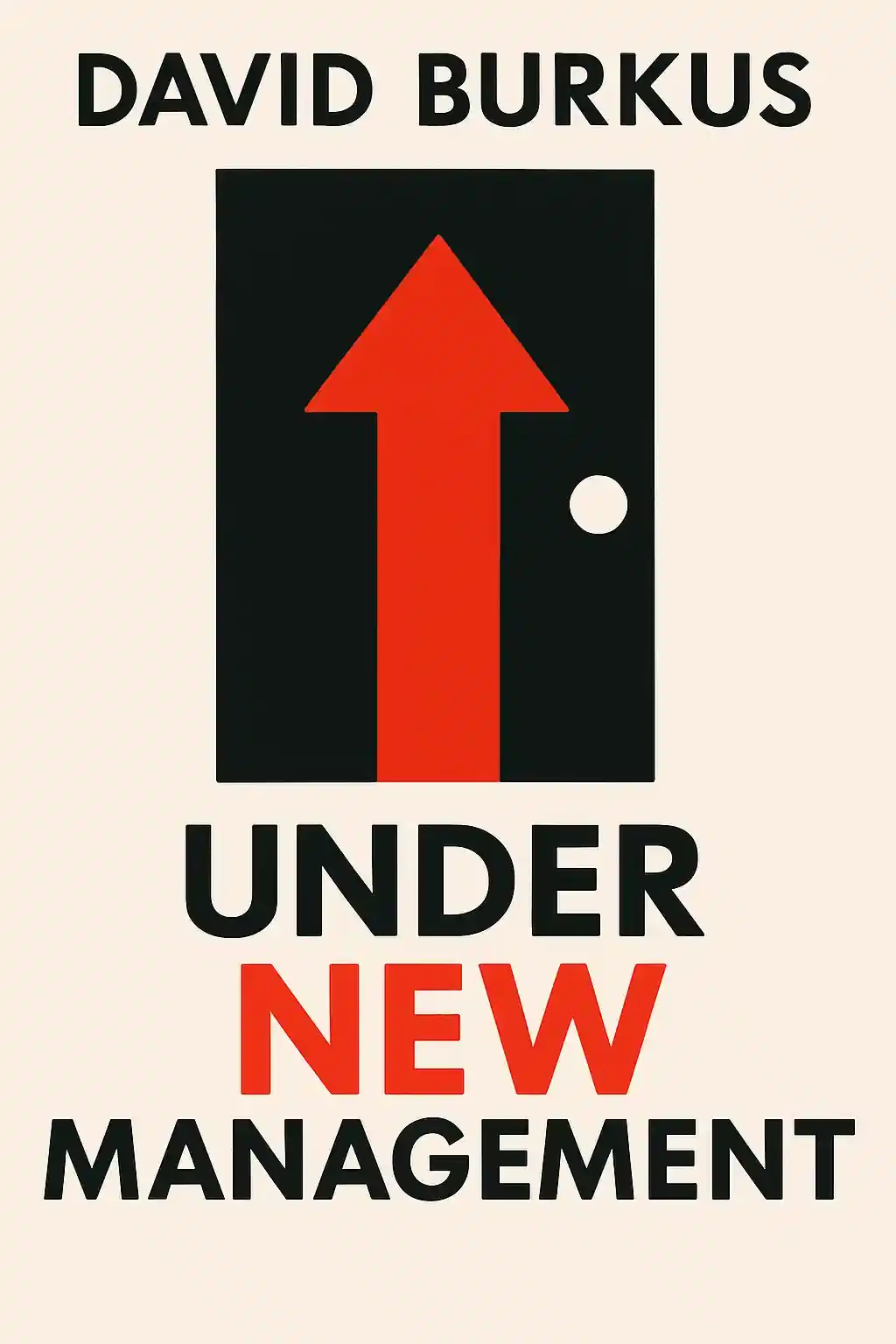What is
A World Without Email by Cal Newport about?
Cal Newport’s A World Without Email critiques the modern reliance on email and instant messaging as collaboration tools, arguing they create a “hyperactive hive mind” workflow that reduces productivity and increases stress. The book proposes structured processes, task boards, and intentional communication to replace constant messaging, enabling deeper focus and sustainable workflows.
Who should read
A World Without Email?
This book is ideal for professionals overwhelmed by inbox overload, managers seeking to optimize team productivity, and organizations aiming to reduce administrative drag. It’s also valuable for fans of Newport’s prior works (Deep Work, Digital Minimalism) or anyone interested in evidence-based strategies to reclaim time and mental clarity.
What are the main ideas in
A World Without Email?
Newport identifies three core ideas:
- The Hyperactive Hive Mind: A chaotic workflow where constant messaging replaces structured collaboration.
- The Administrative Drain: Excessive email use hijacks cognitive capacity, reducing meaningful output.
- Process-Centered Workflows: Replace messaging with systems like task boards or shared documents to streamline communication.
How does
A World Without Email suggest reducing email overload?
The book advocates for:
- Structured Processes: Define clear protocols for task assignment and updates (e.g., using project management tools).
- Office Hours: Limit real-time messaging to specific windows.
- Automation: Use bots or templates for routine inquiries.
What is the “hyperactive hive mind” in
A World Without Email?
This term describes the default workflow where teams coordinate through ad-hoc, back-and-forth messaging (email/Slack). Newport argues this creates cognitive overload, context switching, and inefficiency, costing businesses $1.36 trillion annually in lost productivity.
How does
A World Without Email compare to Cal Newport’s
Deep Work?
While Deep Work focuses on individual focus strategies, A World Without Email tackles organizational systems. Both emphasize reducing distractions, but this book provides actionable steps for teams to redesign workflows, not just personal habits.
Are there practical tools in
A World Without Email?
Yes. Newport includes a checklist for workflow audits, templates for process documentation, and examples of companies that successfully reduced email reliance (e.g., using shared Kanban boards). The appendix offers worksheets to redesign team communication.
What criticisms exist about
A World Without Email?
Some argue Newport’s solutions may be impractical for highly dynamic industries or remote teams. Others note the book focuses more on diagnosing problems than providing granular fixes for small businesses.
How does
A World Without Email address remote work challenges?
Newport argues remote teams are especially vulnerable to hive-mind workflows but can benefit from asynchronous updates via centralized platforms (e.g., Notion or Trello), reducing the need for real-time pings.
Can
A World Without Email help with career advancement?
By minimizing low-value communication, professionals gain time for high-impact work, visibility, and skill development. Managers who implement Newport’s strategies often see improved team output and morale, boosting leadership credibility.
Why is
A World Without Email relevant in 2025?
With AI tools automating routine tasks, the book’s emphasis on intentional communication aligns with trends toward mindful tech use. It also addresses post-pandemic burnout linked to constant digital chatter.
What are key quotes from
A World Without Email?
- “Communication is not collaboration.”
- “The hyperactive hive mind is a tragedy of the commons.”
- “Process is better than messaging.”
These underscore Newport’s thesis that unstructured messaging harms productivity.














